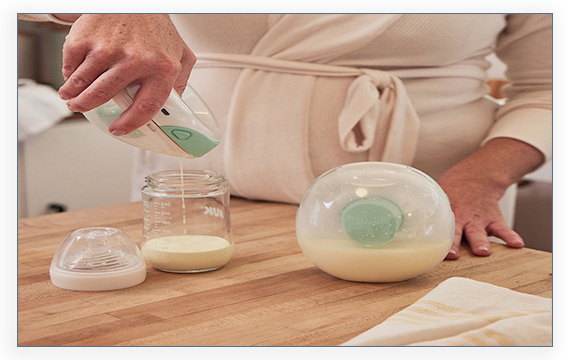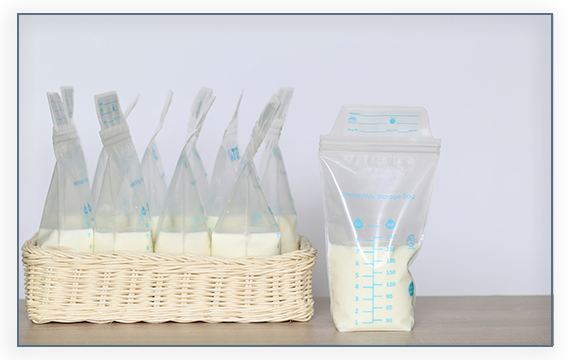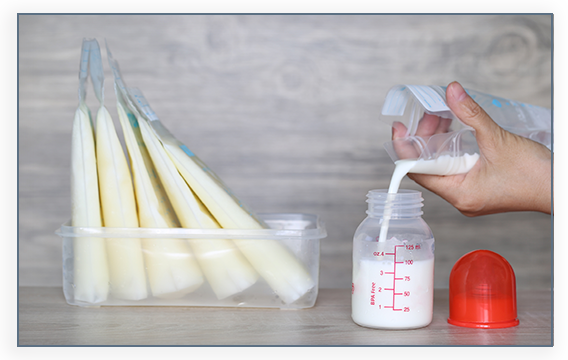BREASTFEEDING ISSUES AND SOLUTIONS
In beginning stages of breastfeeding, there are a few issues that may arise including:
- Sore nipples: In the first three to five days after birth, if you experience nipple soreness beyond a slight tenderness when your baby latches on, it may be a sign that something isn’t right with baby’s latch, position, or suck. Working on improving baby’s latch or position should resolve much of the pain related to sore nipples.
-
Clogged ducts: This feels like a firm, sore lump in the breast, and may be reddened and warm to the touch. This is common, can be caused by anything from missing feedings to wearing a bra that is too tight.
-
Engorgement: This is a common issue new mothers experience. The symptoms may include tender or hard breasts, swelling, reddened areas, and flattened nipples from breast stretching. It may be more difficult for baby to latch if you are engorged. To help prevent engorgement, feed or pump often (usually at least 8-10 times in a 24-hour period) with a proper latch. You may need to express milk from your breasts after feeding if baby has not completely relieved the fullness.
-
Mastitis: Mastitis is a breast infection that typically presents itself as a painful, hard, red area on the breast, along with a fever and flu-like symptoms. It can also often follow engorgement. Cracked nipples may increase your risk, as broken skin allows germs to penetrate the breast and can lead to infection of the breast tissue. Seek medical treatment from your healthcare provider immediately if you are experiencing symptoms of mastitis.
-
Leaking: Leaking may occur when your breasts are too full or when you are nursing on one side.
-
Thrush: Thrush is caused by a yeast fungus, and symptoms can include:• Itchy or burning nipples that appear fiery red, shiny, flaky, and/or have a rash with tiny blisters• Cracked nipples• Shooting pains in the breast during or after feedings• Intense nipple or breast pain that does not improve with better latch-on and/or positioning
-
Biting: Babies may bite at the breast for several reasons including boredom, teething, wanting attention, or wanting more milk (if supply is changing).
-
Falling asleep at the breast: If your baby is struggling to nurse effectively and falling asleep at the breast, it may be because they tire easily from sucking ineffectively or they quit in frustration and go to sleep because they are not getting the milk they want. If this is occurring, your baby may not be gaining appropriate weight and your milk supply may suffer.
-
Forceful letdown: This can be a sign of waiting too long between feedings. The more milk that is stored in the breast, the more pressure there is, making letdown more forceful.
Listen to the podcast below to hear more about these topics and helpful solutions for each.
Tags: Breastfeeding, Breastmilk, Feeding, Infant, Latch, Mom, Newborn







